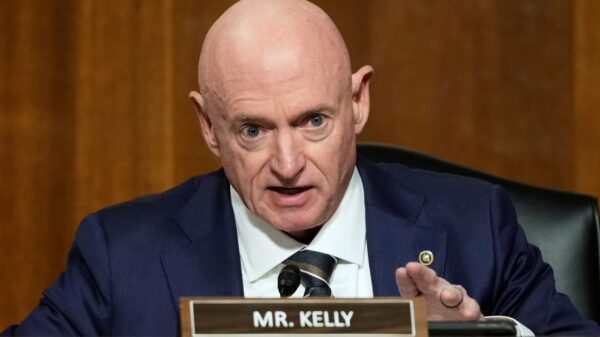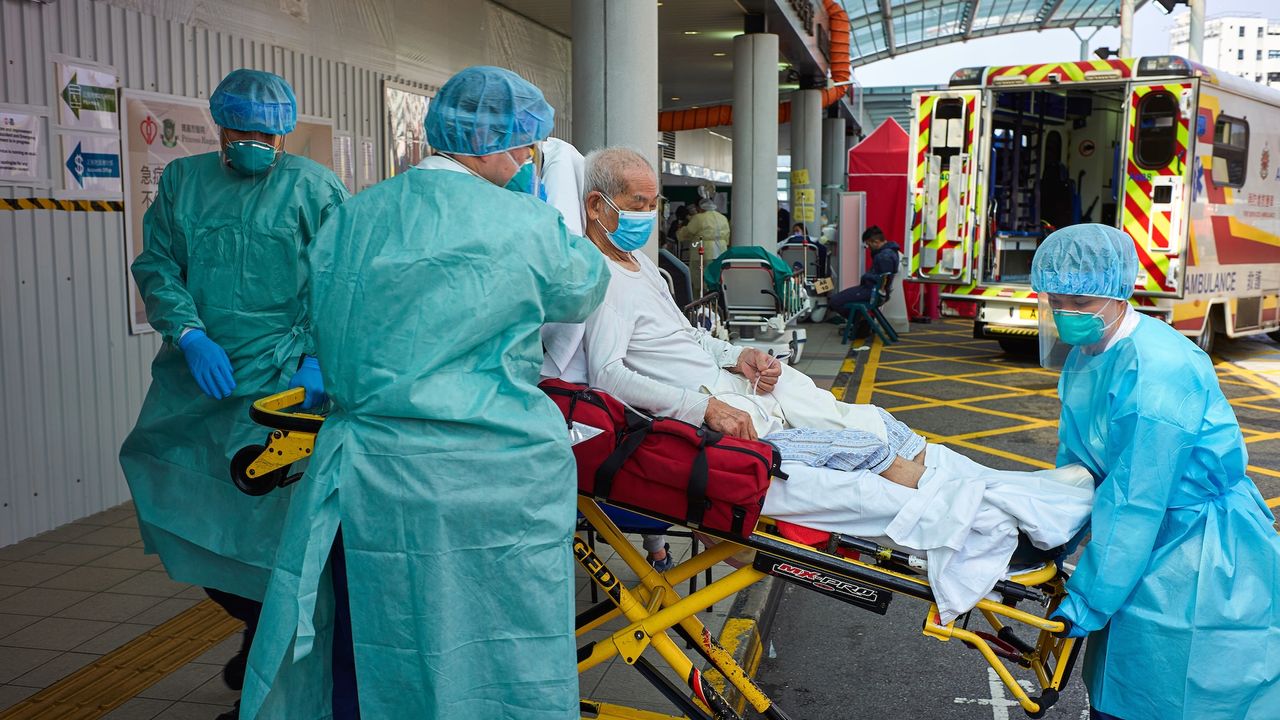A new book titled The Big One: How We Must Prepare for Future Deadly Pandemics, authored by epidemiologist Michael Osterholm and writer Mark Olshaker, warns that the next pandemic could be more devastating than COVID-19. The authors argue that without proper preparation, a new and potentially deadlier coronavirus, dubbed “SARS-3,” could emerge and spread rapidly despite public health efforts to contain it. The book, scheduled for release in 2025, outlines crucial lessons drawn from historical pandemics that could inform future responses.
Osterholm, who is also the founding director of the Center for Infectious Disease Research and Policy (CIDRAP) at the University of Minnesota, emphasizes the interconnectedness of global economies and supply chains. He illustrates how a pandemic could lead to severe shortages of essential goods, ranging from food and medicine to everyday items like soap and light bulbs. The authors point out that even coffins could become scarce in the wake of widespread illness and death.
The COVID-19 pandemic highlighted vulnerabilities in the supply chain, particularly in the pharmaceutical sector. Most generic drugs in the United States are produced in countries like China and India, which could be severely impacted by a viral outbreak. Osterholm advocates for a reestablishment of domestic pharmaceutical manufacturing for national security reasons. He notes that this would require government support, as profit margins in the generic drug market are typically low.
Global Cooperation is Essential
Osterholm stresses the importance of viewing global health through a lens of shared responsibility. He reiterates the notion that “no one is completely safe until everyone is safe,” underscoring the reality that infectious diseases do not respect national borders. The late Nobel laureate Dr. Joshua Lederberg famously remarked, “Bacteria and viruses know nothing of national sovereignties,” a sentiment echoed in the current discourse on pandemic preparedness.
The book also critiques the uneven distribution of vaccines during the COVID-19 crisis, where wealthier nations secured large quantities while low- and middle-income countries faced shortages. Osterholm argues that future pandemic responses must include international agreements to ensure equitable access to vaccines and treatments. This involves scaling up manufacturing capabilities globally and establishing efficient distribution systems, even in the face of logistical challenges.
As the world grapples with the potential for future pandemics, Osterholm emphasizes the necessity for ethical considerations in prioritizing who receives treatment first. He raises important questions regarding who should be prioritized in a health crisis: healthcare workers, political leaders, or vulnerable populations? Addressing these ethical dilemmas proactively is crucial to avoid chaos during an actual outbreak.
Lessons from History
The authors draw parallels between the potential impacts of future pandemics and historical outbreaks, such as the 1918 influenza pandemic, which disproportionately affected young, healthy individuals. Osterholm warns that the medical community is not significantly better equipped today to handle a surge in acute respiratory distress syndrome (ARDS) than it was a century ago. The mortality rate of COVID-19, while serious, pales in comparison to the potential outcomes of a more virulent strain.
Osterholm’s insights highlight the importance of preparedness, stating, “COVID-19 was just a taste of what’s to come.” He calls for a collective global effort to develop new vaccines and antiviral treatments, while also planning how to allocate resources effectively in the event of a crisis.
As we look ahead, The Big One serves as a critical reminder that vigilance, cooperation, and ethical considerations are paramount in safeguarding global health. The lessons learned from past pandemics must inform our strategies, ensuring that the world is ready to respond effectively to whatever challenges lie ahead.








































































